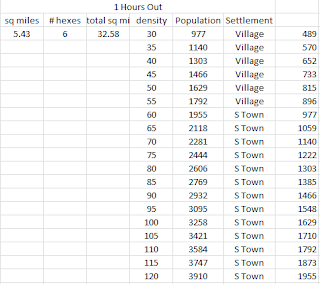Perhaps, but where paladins are allowed, and where someone wants to play one, then they should expect that they'll have to abide by the rules of paladinhood. It irks me that people think they should get all the perks of the class while being able to play it like an amoral fighter.I meandered about how the Unearthed Arcana book was a key point in my choice to leave D&D, and RPG in general, for so long.
I could not grasp why someone would need a tomb of a book to play a Paladin! It was nothing more than a moral Fighter who lived by a code and was beholden to his deity. While professing this very fact, it dawned on me, the difference, at least for me, of 'old school' and new.
Paladins, and other classes of the AD&D time were 'cool' because of all the 'perks'. Everyone wanted to play one (a Paladin), and the attribute restrictions were discarded rapidly to allow this in my gaming circle of the time. So began what I am now considering the "D&D Entitlement Generation!"
When I played D&D, I had to walk up-hill both-ways with cooked potatoes in my pockets, to keep me warm and to eat as a snack when they cooled, to the house of a friend to play.... No, I will not channel my father! Anyways, my point is, as I recall, playing characters who were challenged; low HPs, "bad attribute" rolls, etc. WAS the fun part. Sure, even a buff Basic D&D character died regularly, but it was fun! And oh the thrill of finally hitting fourth level with Peg-legged Willy! I still smile when I recall an NPC from a module, who's name was something like, 'Lookma Nohands' ~ recall he was a bartender. I wanted to play him as a PC!
I guess the definition of what was/is cool to play has changed. That, for me in a nutshell, is what defines the difference between the old and the new. Perks vs Self-Imposed-Challenge.
Chris started the whole thing off with,
p.s. - And don't get me started on the bitchy paladin who doesn't like the fact that she's really expected to adhere to a lawful moral code. Good grief.Or the, "I want my Perks, and don't want to pay for it...", D&D Entitlement Personality. I think, from perusing his relatively new blog, Chris has started to feel the pull of the old over the new, and by doing so has assisted me in a new train of thought! Thanks Chris!
Am I out on a limb by myself here? Can it basically be a societal thing?
TB








